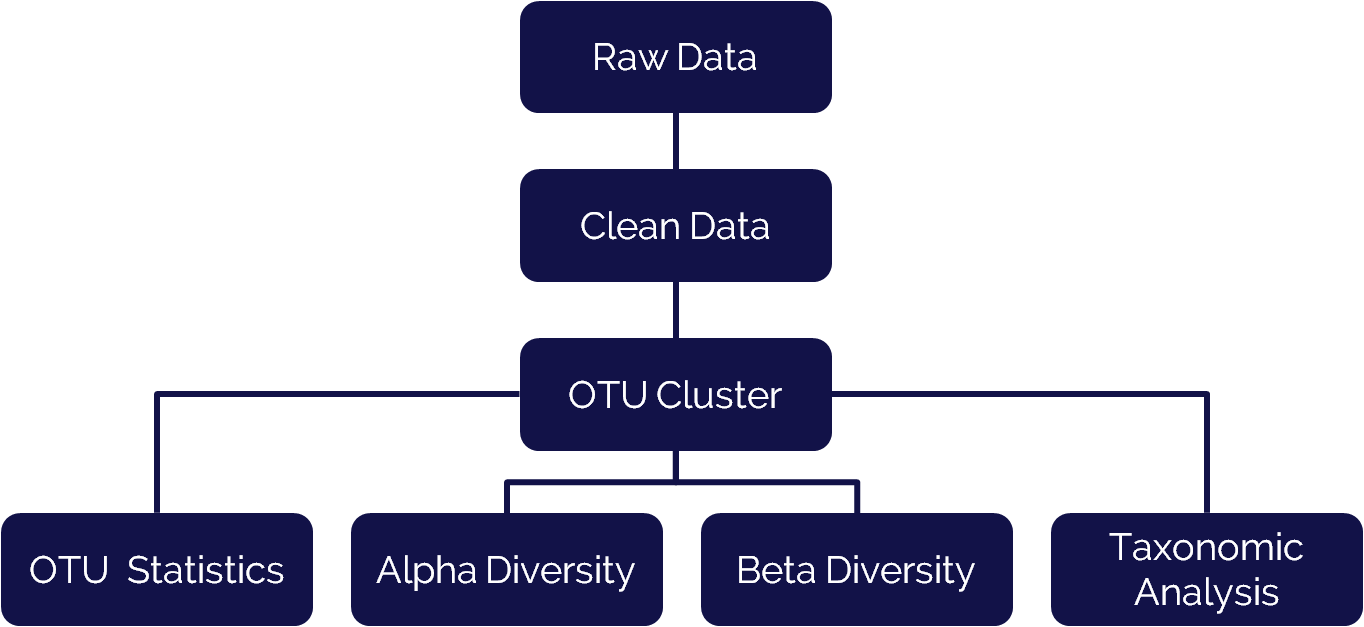16S/18S/ITS Gene Sequencing
16S/18S/ITS gene sequencing methods are commonly used for identification, classification and quantitation of microbes within complex biological mixture such as environmental samples (ex marine water) and gut samples (ex human gut microbiome). These genes have a high degree of variation even between closely related species.
Conveniently, the these genes consists of both conserved and hyper-variable regions. Universal PCR primers can be designed to target the conserved regions of the genes making it possible to amplify the gene in a wide range of different microorganisms from a single sample. While the conserved region makes universal amplification possible, sequencing the variable regions allows discrimination between specific different microorganisms such as bacteria (16S), fungi (18S, ITS), and archaea (ITS).
16S/18S/ITS Sequencing Technical Advantages
Identification efficiency – compared to traditional identification methods such as cloning and/or culturing, 16S/18S/ITS sequencing of microbiota is a faster and more accurate method.
Dual-zone detection – the flexibility to target one or more variable regions, enables longer sequence reads and can result in more accurate analysis of colonies.
Lower cost – much lower requirement of sequencing depth compared to metagenomic sequencing.
Higher sensitivity – extremely low abundance bacteria can be identified with this method.
16S/18S/ITS Sequencing Data Flow

Service Overview
LC Sciences has developed a dual zone amplification strategy, targeting multiple variable regions. Sample bar-coding enables multiplexing of hundreds of different samples in a single sequencing run, keeping per sample costs low. Sequencing is performed on the industry leading Illumina MiSeq platform and extensive…

Sample Data
LC Sciences comprehensive data report is presented in a user friendly HTML format for easy visualization and interpretation of your experimental results. Detailed descriptions and graphics are included for operational taxonomic unit (OTU) statistics, alpha and beta diversity analysis, as well as detailed taxonomic analysis.
Webinar
This presentation provides an overview of sample preservation and high quality DNA isolation methods from environmental samples such as soil and fecal samples as well as practical information for performing 16S rRNA sequencing experiments and data analysis. Diverse case study examples will be provided to illustrate the…


